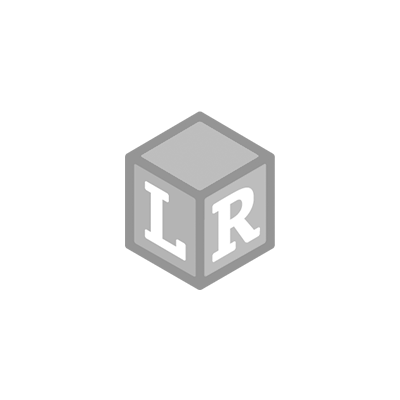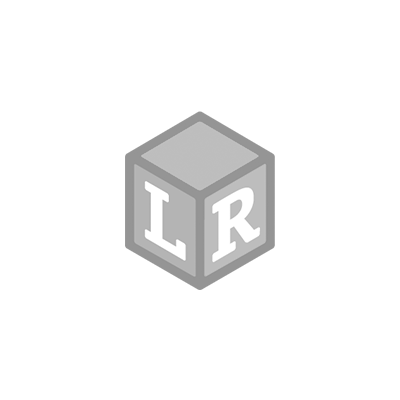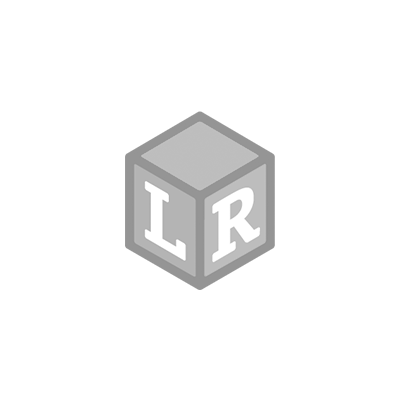
5 Educational Sensory Bins for Toddlers and Preschoolers
- Gabrielle Fischer Posted On Apr 26, 2017 | Social-Emotional Learning
Creating an educational sensory bin is simple, and can be very beneficial for your child. Sensory play can help your child learn about, and better understand the world around them. It can also be very calming and therapeutic for many.
The first step is to find a large storage container or tray that will work well to contain your sensory activity. Next, choose an educational theme. This could be anything - life on the farm, transportation, holiday themed - you name it!
Lastly, choose which filler will work well for this particular sensory experience. Some of my favorite fillers include; water, gelatin, rice, dried beans, shaving cream, homemade goop or slime, play dough and dirt (real dirt or homemade edible mud).
The possibilities are endless for you and your child, but here are a few ideas of educational themed sensory bins to get you started.

#1 - The Count and Sort Water Bin
Water is without a doubt the quickest and easiest way to fill a sensory bin. Water play also happens to be a favorite for many children! Try adding a jar of "counters" to your water bin. Your child can mix them, scoop them, count them, and color sort them! The counters pictured here are Mini Motors Counters.

#2 - The Seek and Learn Money Bin
If your child is ready to learn about the different types of coins, or at a more advanced stage of adding money together, a play money sensory bin is a great option! In the photo, Money Jar coins are being used in a sensory bin filled with dried beans. Your child will enjoy digging through the beans in search of coins. Sort them, discuss the type of coin, or find coins that add together to make a dollar!

#3 - Discovering Magnets Rice Bin
Throw a bit of science into the mix! Magnets can provide a very entertaining and exciting educational experience for little ones. A magnet set like the Super Magnet Lab Kit is a great option if you don't already have a set at home. Add magnetic chips and marbles to a sensory bin filled with dried rice. Provide magnetic wands and let your little one explore the magic of magnets while enjoying a unique sensory experience.

#4 - Sea Creatures Gelatin Play
Learn about ocean creatures, or animals of a specific habitat by adding small figurines to your sensory bin! Plain gelatin powder can be purchased from most grocery stores and supermarkets, and makes for a messy play experience. Children will love exploring the mushy texture and enjoy using their imagination to create an undersea world

#5 - Building Block Sculptures in Pretend Dough
Bring out your child's inner engineer with a sensory tray filled with pretend dough and building blocks! Pictured here are wooden blocks and homemade play dough. I recommend whipping up a homemade batch, because you will get much more out of it than with buying the small containers from the store. There are many recipes online - it's easy to make and can be stored for months of use!
Want to create your own sensory bin? We can help you get a head start with a chance to win one of the toys mentioned in this article for FREE! Just send an email to blog@learningresources.com with the words "Sensory Bin" in the subject line. We'll notify 3 winners via email on May 15th, 2017!
Don't forget to check out The Kids Place on Instagram!

 Shop UK Site
Shop UK Site 









